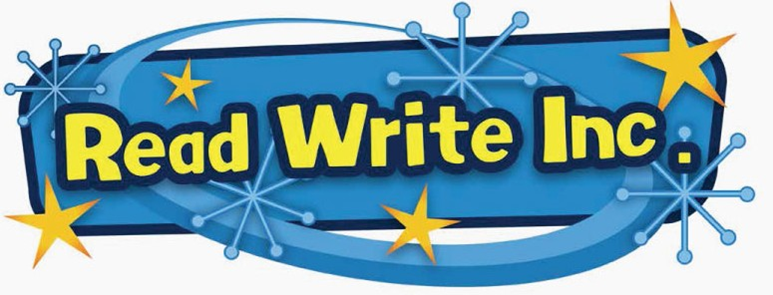Phonics at WPS
Please click the blue link to our Reading information page to find out more about Phonics at WPS – Reading at WPS

86% of WPS children passed the Y1 phonics screening check in 2022.
Please click on the blue link to view our Phonics Policy – WPS Phonics Policy 2023
We have used the Read Write Inc (RWI) Phonics Programme to teach phonics at WPS since 2012. RWI is a lively and vigorous way of teaching synthetic phonics. Our children enjoy learning and our staff enjoy teaching RWI.
Children start learning phonics in Nursery and all WPS children start to participate in daily phonics sessions from their first day in school Reception Classes.
Mrs Clarke is our whole school Phonics Leader. She supports children and staff with phonics learning, knowledge and understanding. Mrs Clarke works closely with Miss O’Connor our EYFS Lead and Mrs Blalr our English Lead.
You can look at the following parent’s page on the web for tips and resources for supporting your child at home: www.ruthmiskinliteracy.com or www.oup.com (download phonic sound presentation from parents page)
RWI resources are published by Oxford University Press
What is Phonics?
Phonics is the method of teaching reading through the identification of sounds and graphemes.
Sounds (phoneme) – All words are made up of sounds e.g. in ‘mat’ we have the sounds ‘m’, ‘a’, ‘t’.
Graphemes – A grapheme is another name for the letters we use to write the sound.
We teach phonics so that your children will have the tools to read any word.
The English alphabetic code is one of the most complex alphabetic codes in the world.
We have 44 sounds and over 150+ graphemes.
Digraph- 2 letters making one sound – c-ow
Trigraphs- 3 letters making one sound – n-igh–t
Split digraphs- 2 vowels with a consonant inbetween. Use to be known as the magic e!
spine – i_e (a_e o_e u_e e_e)
Children learn the 44 common sounds in the English language and how to sound-blend words for reading (decoding) at the same time as developing handwriting skills and spelling (encoding).
Children are taught to pronounce the sounds as shortly as possible eg. No ‘uh’ at the end of ‘s’ and ‘m’. These are called Pure sounds.
Children learn to read green words – these can be sounded out. Children also learn to read red words – these cannot be sounded out, we call these grotty graphemes eg said no, said.
Fred
Fred helps children learn to read.
Fred can only talk in sounds… c-a-t. We call this Fred talk, you can have Fred talk at home … any stuffed toy will do! If children understand Fred they can blend orally. Blending is needed for reading.
Fred helps children learn to spell as well. Children convert words into sounds. They press the sounds they hear on their fingers. We call this Fred Fingers.
How you can help your child
- By knowing the 44 pure sounds
- By using speed sound cards with your child
- By knowing how to blend using Fred talk for reading
- By knowing how to do Fred fingers for spelling.
Phonics Screening Check
Every year in June, schools in the UK administer the Year 1 Phonics Screening Check. This is an assessment to confirm whether individual children in year 1 have learnt phonic decoding to an appropriate standard. It will identify the children who need extra help so they are given support by their school to improve their reading skills.
The test contains 40 words. Each child will sit one-to-one and read each word aloud to a teacher. The test will take approximately 10 minutes per child, although all children are different and will complete the check at their own pace. The list of words the children read is a combination of 20 real words and 20 pseudo words (nonsense words). The check is very similar to tasks the children already complete during phonics lessons.
Phonic Websites
https://www.facebook.com/miskin.education
Free e-books for home reading:
http://www.oxfordowl.co.uk/Reading/
Phonics Games (children love buried treasure)
http://www.ictgames.com/literacy.html
www.busythings.co.uk (£12 per year)
Google – Mr Thorne phonics for clips on pronouncing sounds and fun games to play.
WPS Home Learning Videos – we have our own phonics learning videos available to support you at home. You can follow the links below.
Phonics with Mrs Clarke
Phonics